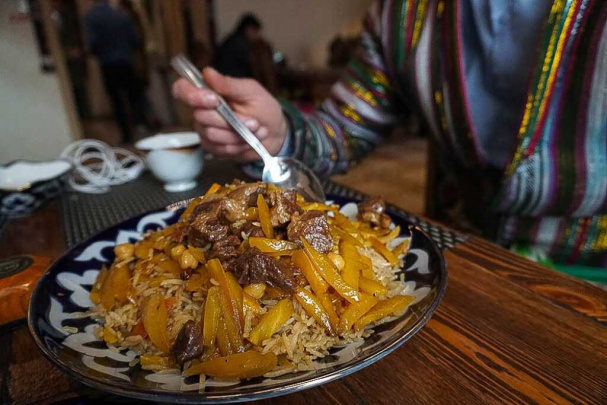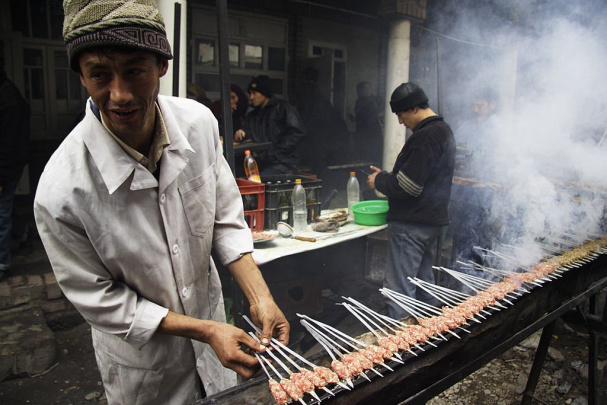Global Hunger Index: Uzbekistan among countries with lowest hunger levels
Uzbekistan has been recognized as one of the countries with the lowest levels of hunger, according to the latest update of the Global Hunger Index (GHI). The nation has secured a place among 22 countries that were rated first, reflecting a significant achievement in addressing food security issues.

The GHI report indicates that Uzbekistan is experiencing minimal food-related problems, with experts acknowledging the country's efforts to combat hunger effectively. The index operates on a scale where lower scores indicate fewer citizens experiencing hunger. The assessment is based on four key indicators: undernourishment, stunting in children, mortality rates among children under five, and the prevalence of wasting.
Countries that scored below five points in the GHI rankings include Uzbekistan, where less than 2.5% of the total population is categorized as undernourished. Additionally, only 6.5% of children exhibit stunting, while 2.4% show signs of wasting. The mortality rate for children under five is reported to be below 3.1%.
Other former Soviet states, including Lithuania, Latvia, Estonia, Belarus, Georgia, and Russia, also fall into the category of countries without significant hunger issues.
In comparison, the situation in Central Asia varies, with Kazakhstan ranked 25th, Kyrgyzstan 36th, Turkmenistan 50th, and Tajikistan 65th. Most of these countries are classified as having "low" hunger levels, with Tajikistan listed in the "moderate" category.
In stark contrast, Afghanistan ranked 116th out of 127 participants, indicating a severe food crisis. Approximately 30.4% of its population is undernourished, and the index reveals that 44.6% of children under five experience stunting, while 3.6% suffer from wasting. Alarmingly, 5.8% of children do not survive past the age of five.
Countries facing serious hunger issues include India, Pakistan, Bangladesh, North Korea, and Syria. The index's lowest tier comprises nations deemed to be in a "serious" state of hunger, primarily represented by African countries such as Chad, South Sudan, Somalia, and Madagascar, along with Yemen from Asia.
Recommended
List of streets and intersections being repaired in Tashkent published
SOCIETY | 19:12 / 16.05.2024
Uzbekistan's flag flies high on Oceania's tallest volcano
SOCIETY | 17:54 / 15.05.2024
New tariffs to be introduced in Tashkent public transport
SOCIETY | 14:55 / 05.05.2023
Onix and Tracker cars withdrawn from sale
BUSINESS | 10:20 / 05.05.2023
Latest news
-
Uzbekistan ranks fourth among CIS countries in mobile internet speed
SOCIETY | 19:10 / 25.07.2025
-
The Maldives – The Perfect Choice for a Halal-Friendly Holiday
SOCIETY | 19:00 / 25.07.2025
-
Tashkent hotel owner jailed for 8 years after deadly gas leak kills three, including two Russian citizens
SOCIETY | 18:29 / 25.07.2025
-
Uzbek national wanted for insulting the president extradited from Azerbaijan
SOCIETY | 18:26 / 25.07.2025
Related News

12:55 / 30.11.2024
Uzbekistan joins Global Alliance Against Hunger and Poverty

14:32 / 08.09.2023
Uzbekistan ranked 21st in Global Hunger Index

17:57 / 21.12.2022
Uzbekistan ranks 21st in Global Hunger Index

11:01 / 17.08.2022



